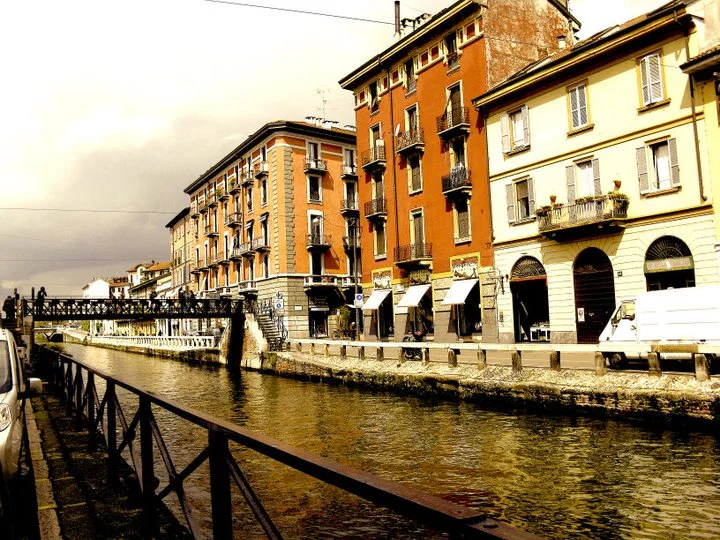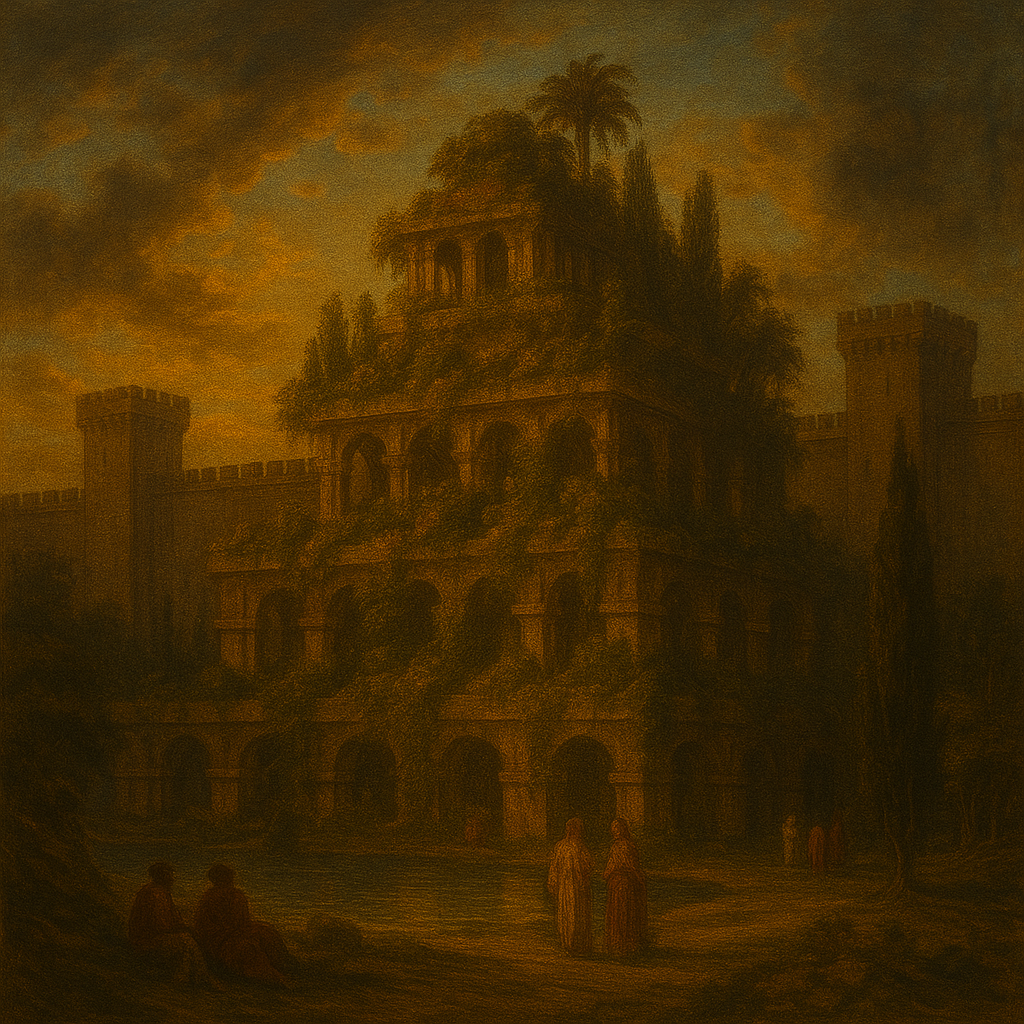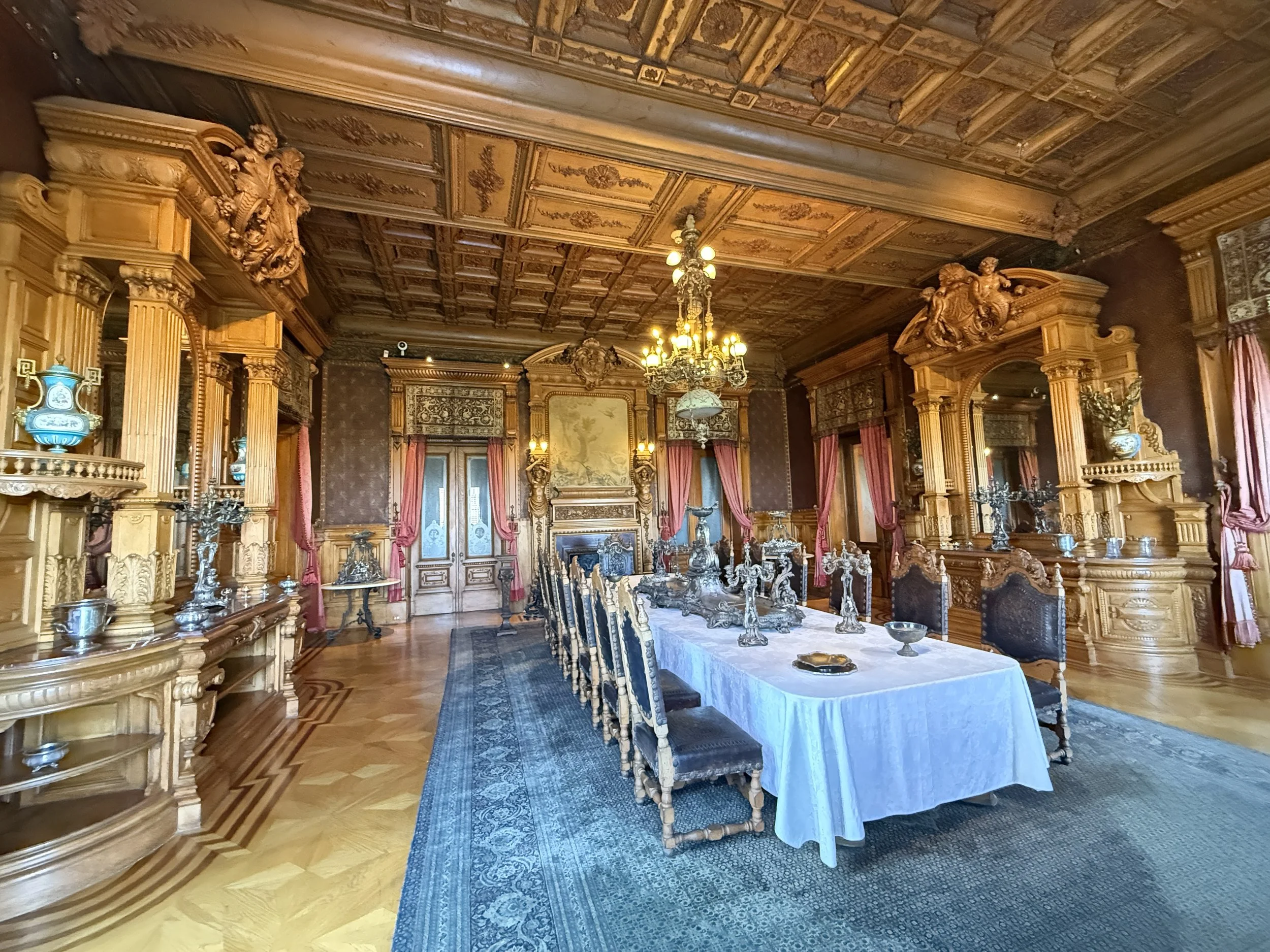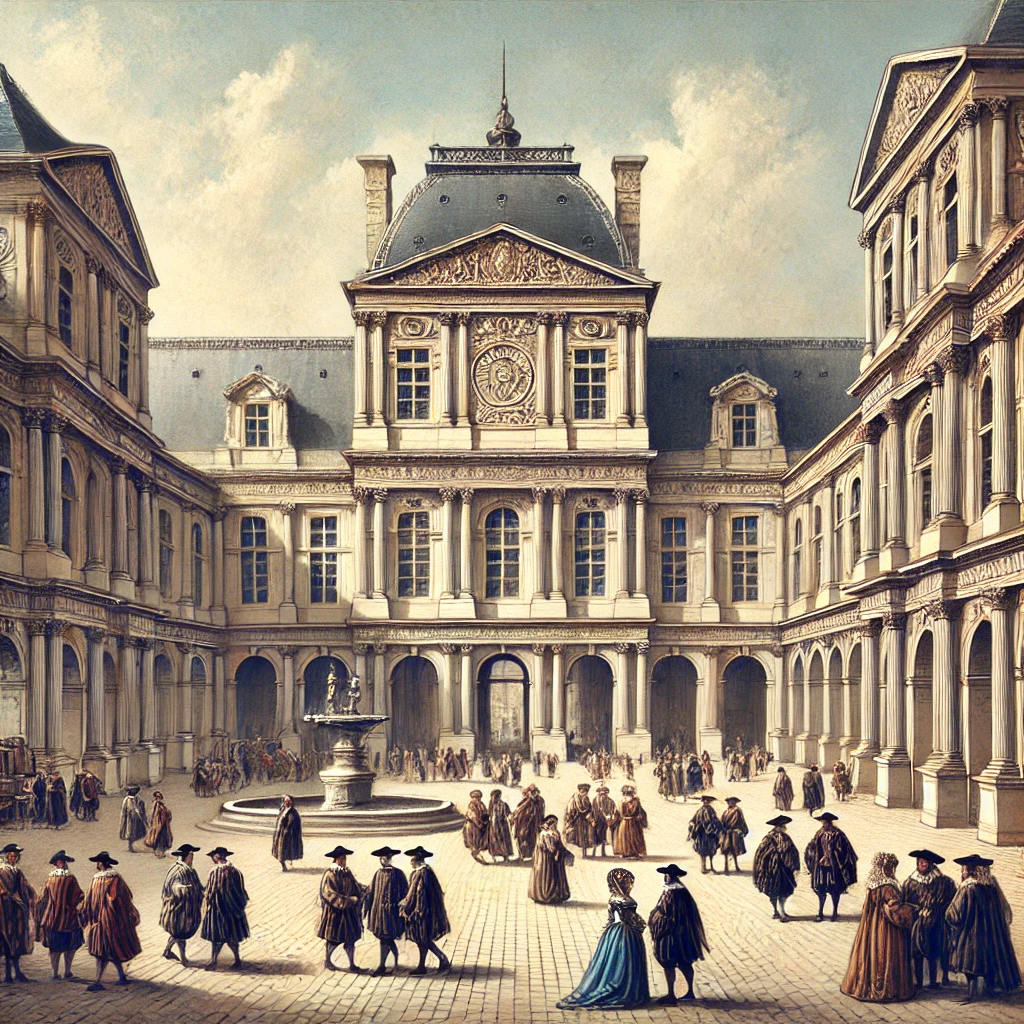What to do in Milan, Italy? Visit the gorgeous Duomo di Milano, covered with statues of saints and gargoyles — and don’t miss the amazing view from the rooftop.
Somehow the Milan Duomo was even more beautiful in the rain.
If there’s one thing you absolutely have to include on a trip to Milan, Italy, it’s the massive Milan Cathedral. (Unless, of course, your tastes lean a bit more to the macabre, in which case, I recommend spending an afternoon wandering the impressive artistic grounds of the Cimitero Monumentale — see the photos here.)
Locally, the cathedral is known as the Duomo, which confused me since there’s no visible dome like the one in Florence. Its white exterior features delicate carvings so fine you could almost imagine they were made of lace. Despite its size, it feels a bit dainty — odd for a church in the Gothic style.
“My favorite part of the Duomo is the part closest to Heaven: the rooftop, where you can look out at the bustling city beyond.”
Holy moley! Here are 7 stunning facts about this breathtaking cathedral:
Delicate spires topped with religious figures are part of the elaborately decorated Duomo.
1. The Duomo is big. Like really, really big.
In fact, it’s the second-largest Catholic church in the world, behind only Saint Peter’s Basilica in Rome — which was built after the Duomo. Milan’s cathedral takes up an entire city block.
A carving of David slaying the giant Goliath. Somebody send that boy to juvie!
2. It boasts more statues than any other building in the world.
That’s what the tourist literature tells you, at least. And it’s hard to argue: The entirety of the façade is covered with carved architectural elements portraying flowers, fruits and fantastical beasts, including delightfully grotesque gargoyles. There are plenty of saints sprinkled throughout as well. Sources disagree on the exact number, but it seems to be over 3,300 statues total, including about 100 gargoyles and 135 spires.
Milan’s most popular attraction, the cathedral, took over 600 years to be built.
How can this Christian take a nap with all those wolves baying?
The best part of the Milan Cathedral is its expansive rooftop.
3. It has the best views in the city.
My favorite part of the Duomo is the part closest to Heaven. You can go up to the rooftop (accessible by stairs and an elevator) and look out at the bustling city beyond, as well as get closer views of the needle-like spires, each topped with a religious figure.
The terraza atop the Milan Duomo is a popular (and absolutely stunning) hangout spot.
There’s one main area of the roof, the terraza, and, indeed, I wasn’t the only one with the bright idea to go up there. Businessmen in suits, young kids playing games and canoodling couples filled the space. Imagine having a rooftop like this as one of your regular lunch spots.
Wally wandered around to the back of the roof and found a quiet spot to read in the sun.
I noticed a side walkway and set off on an exploration. The path wound its way around the roof, underneath the arches of flying buttresses. The crowd thinned out, until it was just me and the odd visitor. I found a secluded nook, got out my book and read for an hour or so in the sun, atop one of the largest churches in the world, utterly delighted.
4. One of the statues has gained fame and is part of a local legend.
The symbol of the city and patroness of the Milanese people, the gilded Madonnina (the Little Madonna), stands atop the main spire of the cathedral. The tallest of all of the many statues on the cathedral, the open-armed Madonna rises 354 feet high. Built in 1774, tradition holds that it must be the tallest man-made object in Milan. So, when a modern building surpassed this height, a replica of la Madonnina was placed atop it.
During World War II, the Madonnina was covered with a cloth for five years to avoid providing an easy target for fighter-bombers.
The Duomo is gorgeous at night as well.
5. The construction of the Duomo took over six centuries.
Archbishop Antonio da Saluzzo, supported in the endeavor by the Lord of Milan, Gian Galeazzo Visconti, began building the cathedral in 1386. At least 78 different architects from around Europe were invited to work on the structure, and construction dragged on. By 1418, they had decided it was time to consecrate the cathedral, even though only the nave was actually finished at the time.
For the next two centuries, construction continued, but politics, lack of funding and local frustration with a massive, seemingly endless project smack-dab in the middle of the city kept causing delays.
Napoleon helped finally wrap up construction of the Duomo’s façade — so he could be crowned King of Italy in the cathedral.
6. Napoleon played an important role in the Duomo’s construction.
How did the façade finally get finished? This was accomplished by none other than Napoleon Bonaparte, in the early 1800s, after he had conquered the city. He wanted to be crowned King of Italy in the Duomo and wanted the exterior completed beforehand. A generous (if vain) guy, he offered to pay all expenses — after a talk with the French treasurer. Seven years later, the façade was completed, and the ceremony took place as the diminutive leader wanted. This explains why there’s a statue of Napoleon atop one of the many spires.
Milan’s Navigli District is a restaurant and art hotspot.
7. The Duomo’s construction is responsible for the navigli, the city’s canal system.
The cathedral’s edifice is made of Candoglia marble from Lake Maggiore to the north of Milan. To transport it from the quarries, canals were constructed, some of which remain to this day. In fact, the Navigli District is quite a hotspot, known for its restaurants and art galleries. –Wally































